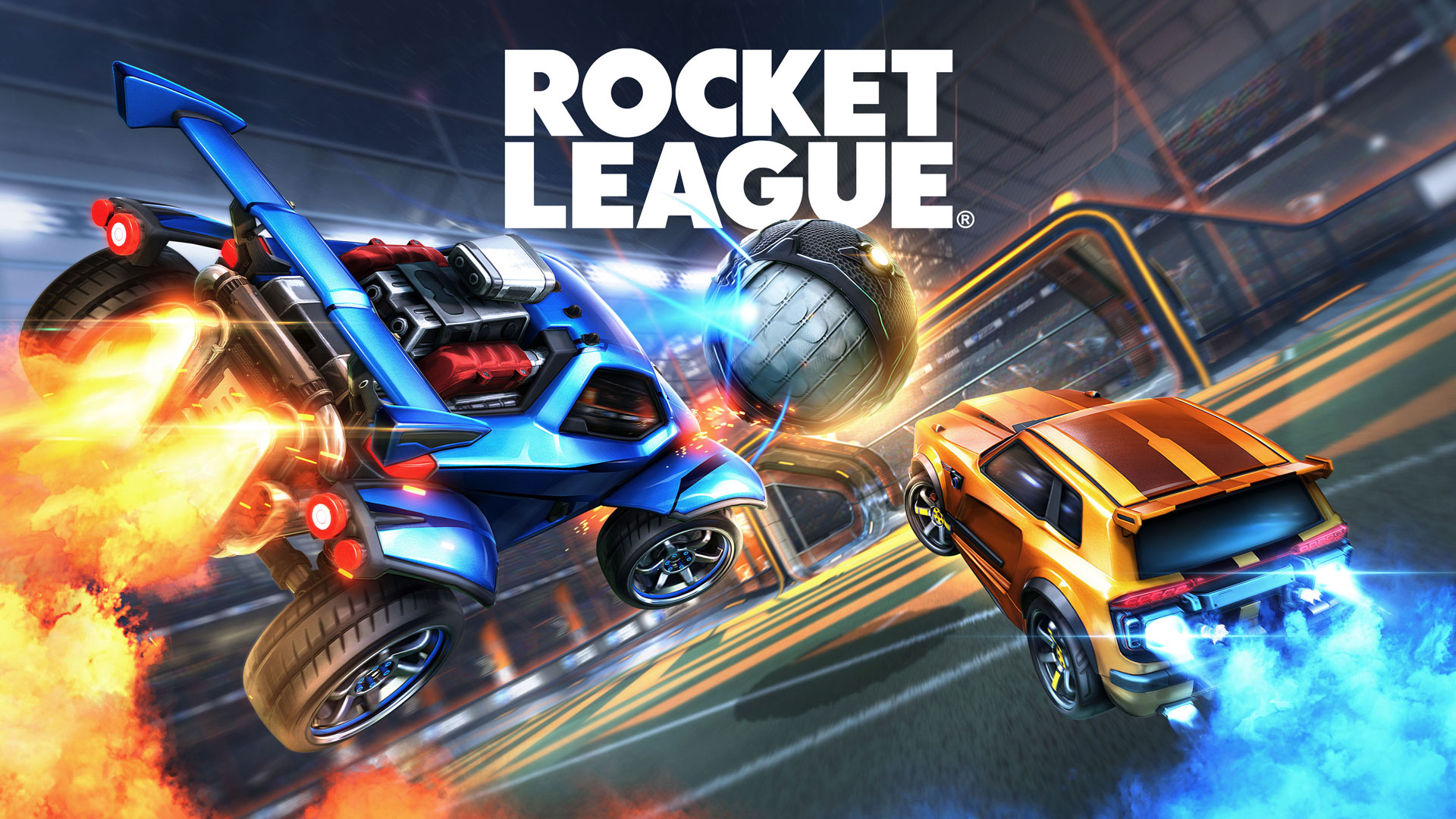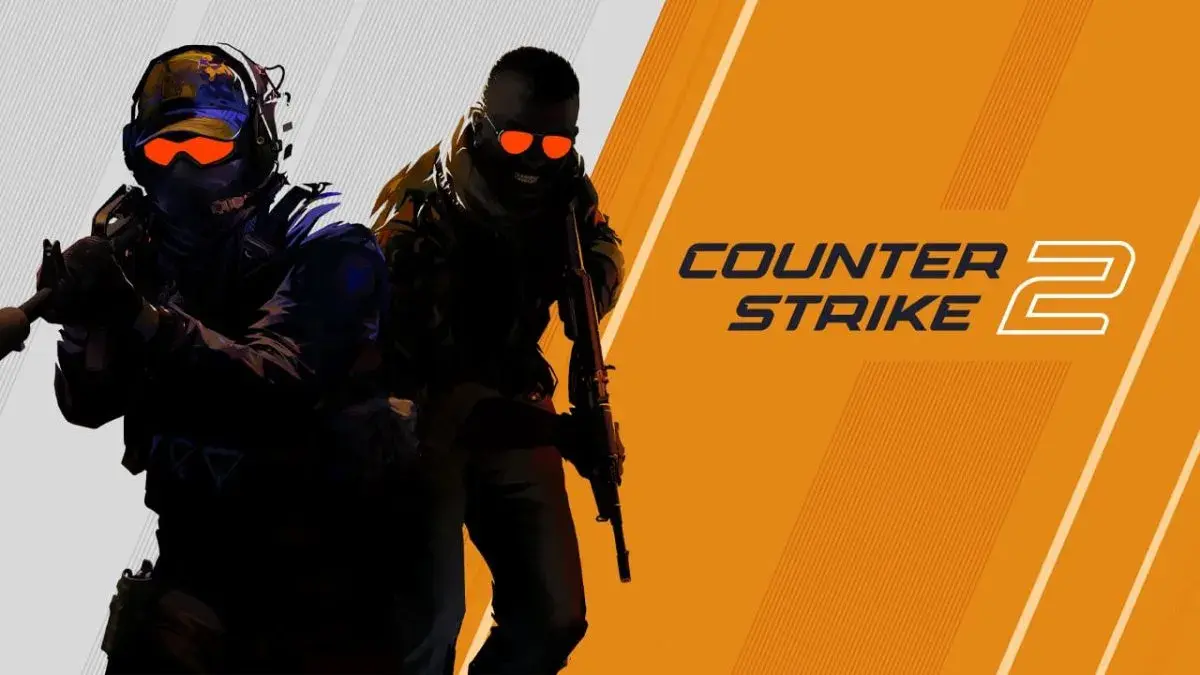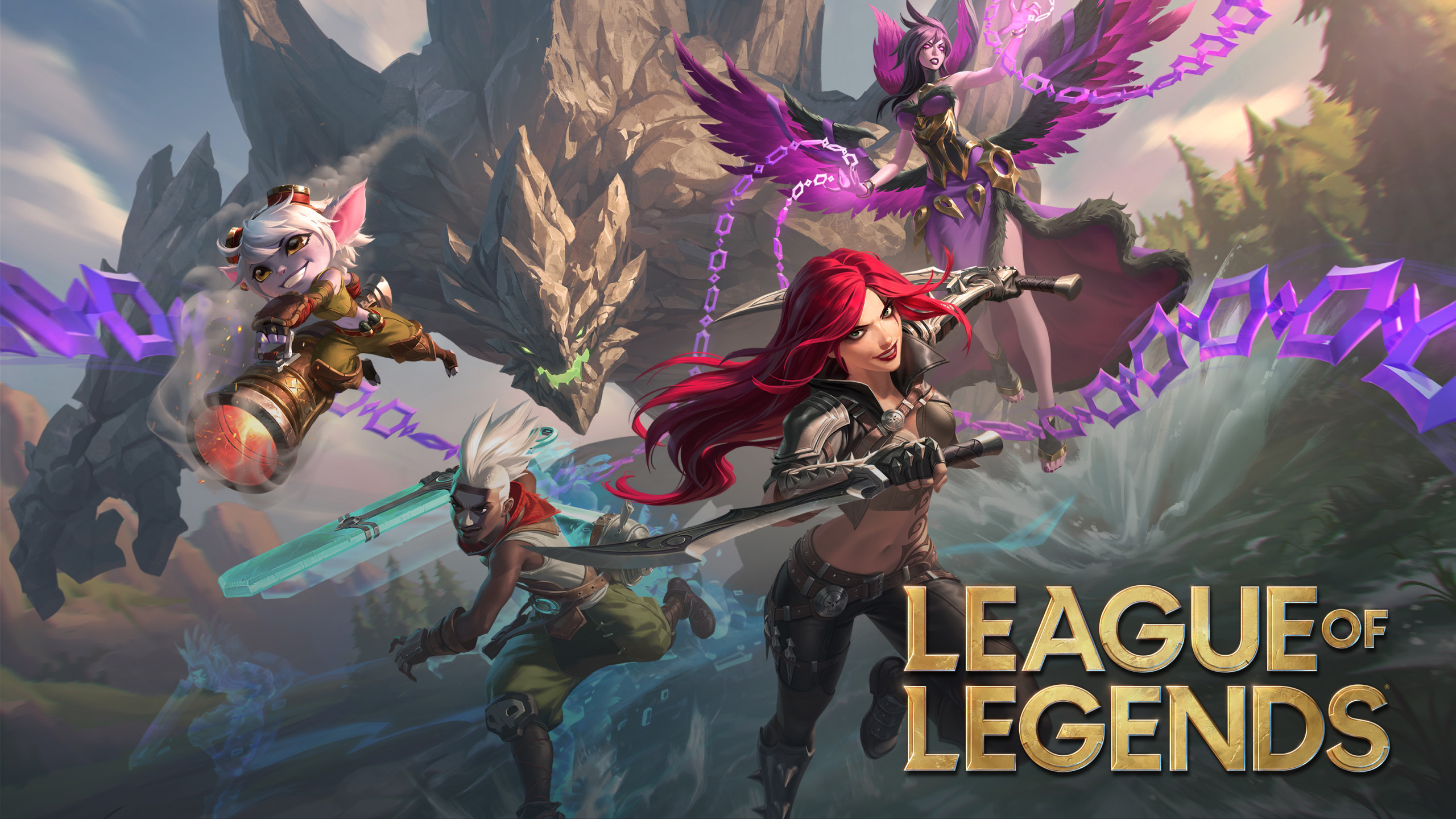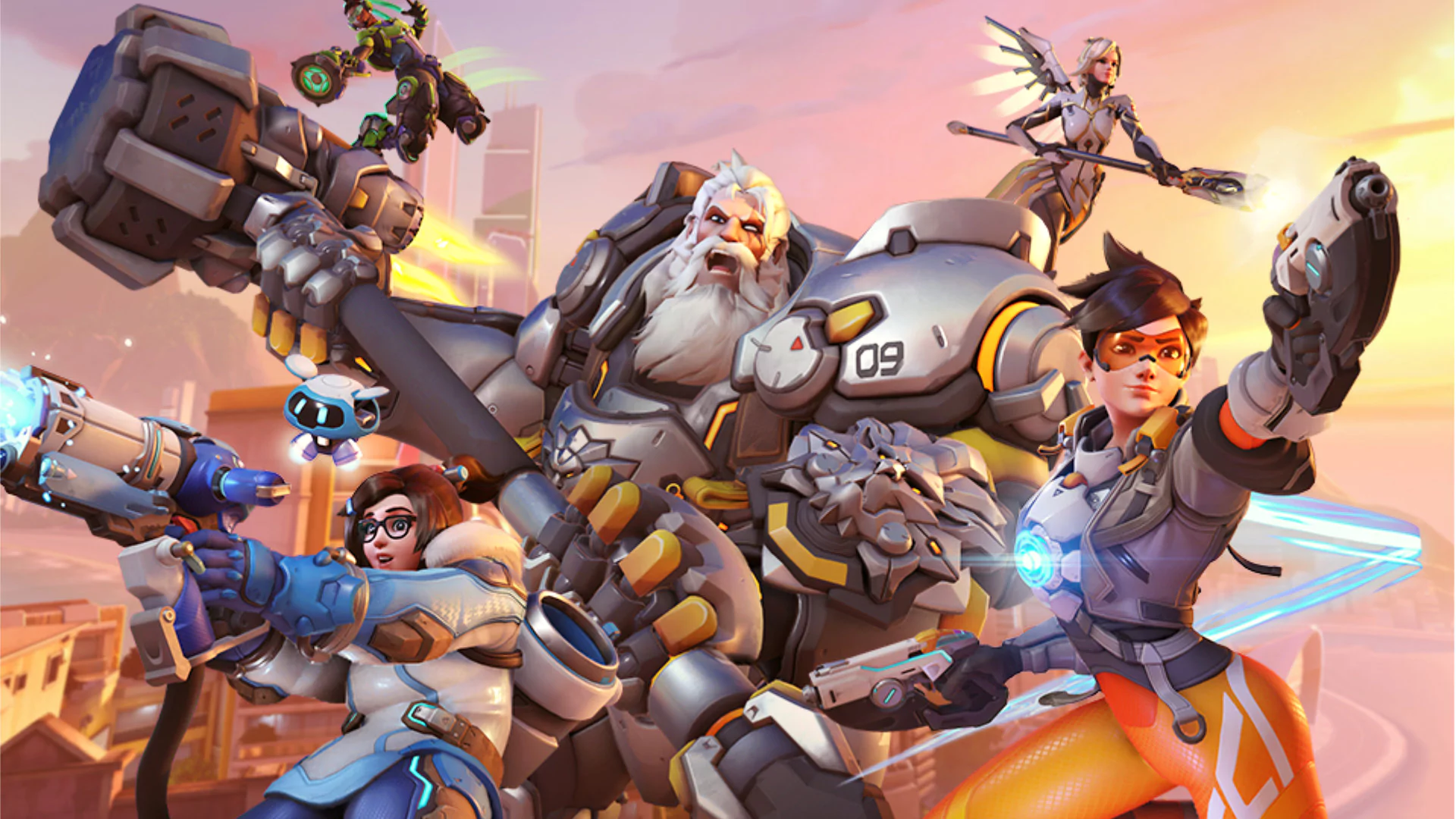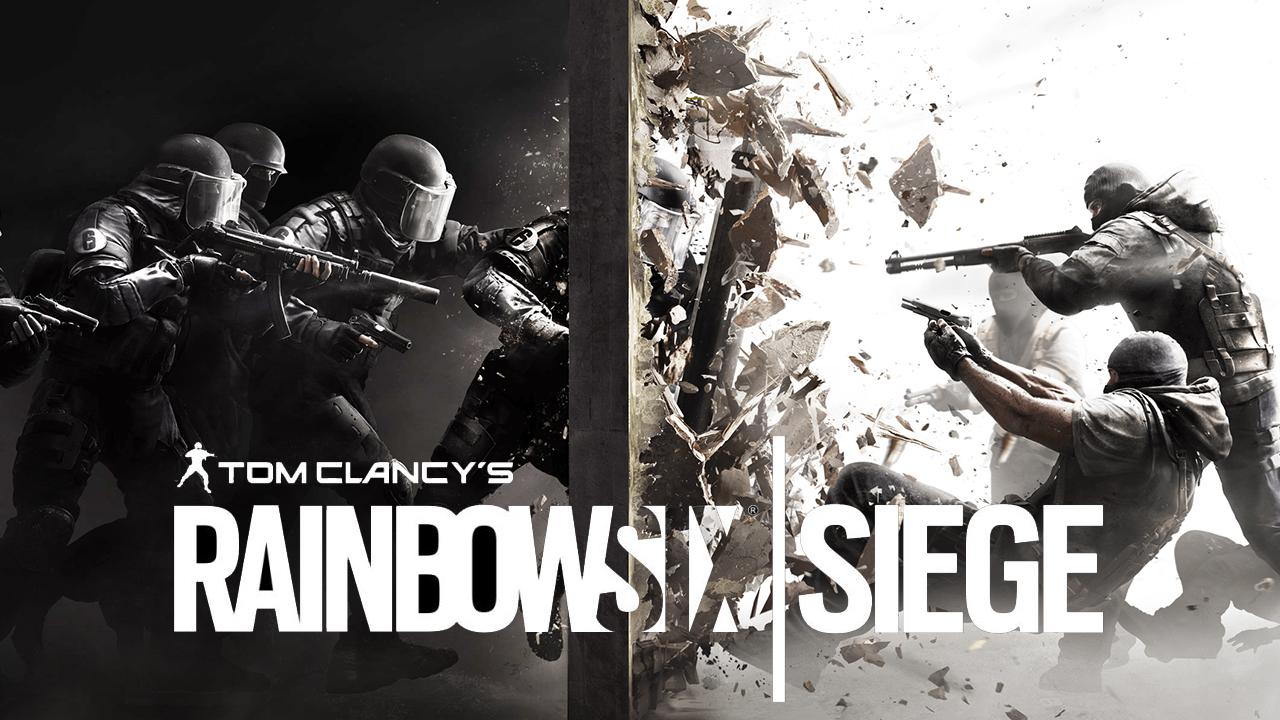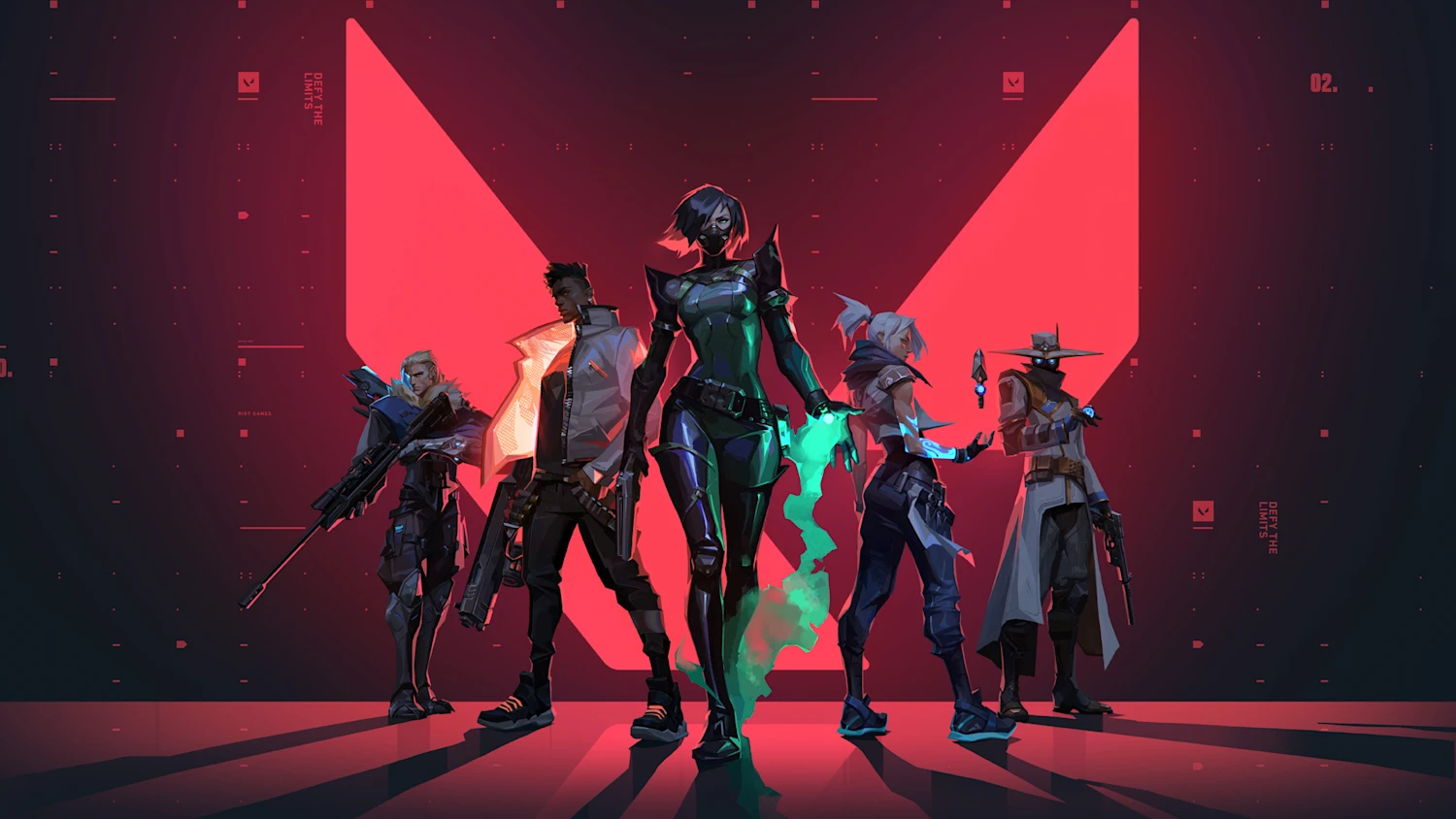You nail the aerial redirect. Your partner boosts past you into the same space. Double commit. Open net. Goal scored against you. Sound familiar?
Rocket League doubles is arguably the most demanding competitive mode in the game. Unlike 3v3, where a third player can cover mistakes, 2v2 exposes every positioning error, boost decision, and rotation miscommunication. Finding a compatible doubles partner isn't just about finding someone at your rank – it's about finding someone whose playstyle, rotation understanding, and game sense complement yours perfectly.
Introduction
After analyzing thousands of successful Rocket League doubles partnerships and surveying competitive 2v2 players from Gold to Grand Champion, we've identified the four critical compatibility factors that separate dominating duos from perpetually struggling teammates. The difference between a 60% win rate and a 45% win rate often comes down to how well your playstyles mesh, not individual mechanical skill.
Whether you're grinding ranked 2s to hit your next milestone or building a competitive doubles team for tournaments, understanding these compatibility principles will transform your partner search. While finding compatible teammates can be challenging through traditional Discord LFG channels, platforms like Jynx are making it easier by matching players based on playstyle compatibility, not just rank.
In this guide, we'll break down the exact factors that make doubles partnerships succeed, show you how to assess compatibility quickly, and help you build chemistry that translates into consistent wins.
Playstyle Compatibility: The Foundation of Great 2s
The most common mistake in Rocket League doubles partner selection is assuming rank equals compatibility. Two Diamond 2 players can have wildly different playstyles that clash catastrophically on the field.
Offensive vs Defensive Tendencies
Successful doubles teams need balance between offensive pressure and defensive security. Here's what typically fails:
The Double Aggressor Problem: Both players love going for ceiling shots, air dribbles, and aggressive challenges. Result? Beautiful goals scored... and twice as many conceded because nobody's back post.
The Double Defender Dilemma: Both players prefer playing passive, waiting for mistakes. Result? Zero offensive pressure, opponents control possession, eventual defensive breakdown.
The Sweet Spot: One player comfortable applying pressure and taking calculated risks, paired with someone who reads plays defensively but can transition quickly to offense when opportunities appear.
Decision-Making Speed Alignment
Your partner needs to operate at a similar decision-making tempo:
- Fast-paced players: Quick challenges, constant movement, rapid transitions
- Methodical players: Patient positioning, waiting for perfect opportunities, controlled pace
When these clash, you get hesitation on 50/50s, mistimed rotations, and constant confusion about who's challenging the ball. Neither style is superior – they just need to align between partners.
Risk Tolerance Matching
Some players consistently attempt high-risk, high-reward plays:
- Going for redirect passes that might result in turnovers
- Challenging balls in dangerous positions
- Attempting mechanical plays under pressure
Others prefer lower variance, consistent approaches:
- Taking safe touches that maintain possession
- Avoiding risky challenges
- Playing percentage Rocket League
Mismatched risk tolerance creates the classic scenario where one player thinks "Why is my teammate always ball chasing?" while the other thinks "Why won't my teammate commit to anything?"
Solution: Be honest about your natural playstyle. If you love going for flip resets, find someone who enjoys playing the supportive role. If you prefer consistency over highlight plays, seek partners with similar values.
Rotation Understanding: The Make-or-Break Factor
Rotation in doubles is fundamentally different from 3v3, and rotation compatibility might be the single most important factor in 2v2 success.
The Core Rotation Philosophies
Two main rotation systems dominate competitive doubles:
1. Strict Sequential Rotation
- Player 1 challenges/shoots
- Player 1 immediately rotates back post
- Player 2 moves up for follow-up or challenge
- Repeat in strict sequence
2. Adaptive Rotation
- Roles shift based on ball position and momentum
- "Last man back" concept determines who defends
- More fluid, requires excellent communication and game sense
Both systems work. What doesn't work is one partner expecting strict rotation while the other plays adaptively. This creates the infamous "Both in the same third of the field" phenomenon that loses games.
Boost Path Coordination
In doubles, boost management isn't individual – it's collaborative. Your rotation patterns must account for boost pad locations:
- Who takes back corner boost after a defensive save?
- How do you coordinate small pad collection during rotations?
- When can you afford a boost-starved challenge vs when you need to wait?
Partners with compatible rotation understanding naturally avoid stealing each other's boost and maintain team boost economy without verbal communication.
The Shadow Defense Question
Shadow defense (following attackers while retreating to goal) is controversial in 2v2. Some players swear by it, others hate it. The critical factor is both partners having the same read on when shadow defending is appropriate:
- Against mechanical opponents who punish early challenges
- When boost-starved and unable to make strong challenges
- As a buying-time tactic while partner recovers
If one partner shadow defends while the other expects an early challenge, you get scored on. Both approaches work in different situations, but you need alignment on when to use each.
This is exactly why AI-powered matchmaking is revolutionizing how gamers connect – it takes rotation preferences and defensive tendencies into account automatically, matching you with players whose instincts naturally align with yours.
Post-Shot Positioning
After shooting on net, what do you do?
Some players:
- Immediately rotate back post regardless of ball outcome
- Trust partner to follow up any rebounds
Others:
- Stay in offensive zone to challenge defensive clears
- Read the play and adapt positioning
Neither is wrong, but partners must have compatible expectations. If you're rotating back expecting your partner to challenge the clear, but they've also rotated back expecting you to challenge, the opponents get an uncontested counter-attack.
Boost Management Synergy: The Invisible Skill
Boost management in doubles requires implicit coordination that only comes from compatible approaches.
Boost Hunger Levels
Players fall into three categories:
Boost Hungry: Constantly seeking 100 boost, routes prioritize full corner pads, uncomfortable playing below 50 boost.
Boost Efficient: Comfortable operating on 20-40 boost using small pads, only grabs corner boost when necessary.
Boost Adaptive: Adjusts boost consumption based on role (more as first man, less as last man).
Two boost-hungry players will steal each other's pads and create awkward boost starvation situations. Two boost-efficient players might leave corner boost unused, allowing opponents to grab it. The best partnerships typically pair efficient/adaptive players or have clearly defined boost territories.
Boost Communication Without Voice
Top doubles partnerships develop non-verbal boost communication:
- Reading partner's car boost level by their positioning aggression
- Knowing which boost paths your partner prefers
- Leaving specific pads untouched for your partner's rotation
This synergy develops naturally when partners have compatible boost management philosophies.
The Starvation Recovery Protocol
When both players get boost-starved (happens even at SSL), compatible partners have aligned approaches:
- Do you both commit to aggressive pad collection?
- Does one player stall while the other grabs boost?
- How do you coordinate small pad routes to avoid leaving goal open?
Incompatible recovery approaches lead to either double-commits on boost pads or both players being passive and losing offensive pressure entirely.
Mechanical Skill Balance: The Equalizer
Contrary to popular belief, having identical mechanical skill isn't necessary – but having complementary skill sets is.
The Ceiling Question
Mechanical skill ceiling matters differently in 2v2 than 3v3:
Scenario A: Both players can hit ceiling shots, flip resets, and advanced mechanics. Beautiful when it works, but creates temptation for both players to attempt the same mechanical play simultaneously.
Scenario B: One player excels mechanically, the other is solid but not flashy. The mechanical player creates highlight opportunities while the solid player provides consistent support and cleanup.
Scenario C: Both players have limited mechanics but excellent fundamentals and positioning. Wins through consistency and patience rather than mechanical outplays.
All three work. Problems arise when skill levels are drastically mismatched (Grand Champ player with Gold partner) because game speed expectations differ too much.
Specific Mechanical Competency Alignment
More important than overall skill is specific mechanical competencies:
Aerial Play: If one partner can't aerial consistently, the other must adjust expectations on high balls and crosses.
Wall Play: Doubles feature constant wall play. Compatibility means both players can handle wall clears/shots OR one dominates walls while the other excels at ground positioning.
Dribbling: Ground control and dribbling create different offensive patterns than aerial-focused play. Partners need aligned expectations on when to use ground vs aerial approaches.
Recoveries: Fast recoveries matter enormously in 2v2. Both partners should have similar recovery skill to maintain rotation speed.
Training Together
The best doubles partnerships practice mechanics together:
- Understanding each other's training priorities
- Knowing your partner's mechanical comfort zones
- Building passing plays that match both players' skill sets
Ready to find your perfect gaming squad? Jynx helps you discover Rocket League doubles partners who match your rotation style and boost management approach through quick swipe-based matching and verified gaming profiles.
Communication Preferences: Voice vs Adapt
Communication style compatibility is often overlooked but critically important.
Voice Chat Dynamics
Rocket League 2v2 plays fast – sometimes too fast for voice comms. Partners need aligned communication philosophies:
Minimal Comms Players: Rely on game sense, make callouts only for critical information (I'm low boost, take the shot, defending)
Active Comms Players: Constant updates on positioning, boost levels, opponent locations, play intentions
No Comms Players: Prefer quick chat only or silence, relying entirely on reading partner's positioning
Mismatched communication styles create friction. Active comm players paired with minimal comm players often feel like they're talking to themselves, while minimal comm players with active comm partners feel overwhelmed and distracted.
Tilt and Emotional Management
How you both handle mistakes determines partnership longevity:
- Silent tilt: Stops communicating, plays passively, clearly frustrated
- Verbal tilt: Blames, gets negative in comms, criticizes mistakes
- Constructive: Acknowledges mistakes but moves forward positively
- Immune: Doesn't tilt regardless of what happens
Two constructive or immune players build chemistry quickly. Partners with different tilt responses create toxic environments where one mistake spirals into multiple losses.
Quick Chat Philosophy
Even in voice comms, quick chat alignment matters:
- Do you spam "What a save!" ironically or avoid it entirely?
- Is "Okay." a signal to rotate or just acknowledgment?
- Does "Take the shot!" mean a committed pass or just a suggestion?
Developing shared quick chat language improves coordination significantly.
Time Zone and Schedule Compatibility
The best Rocket League doubles partnership means nothing if you can't play together consistently.
Availability Windows
Rocket League ranks decay and meta shifts require consistent practice:
- Can you both commit to 3-5 sessions per week?
- Are your peak hours aligned (evening US East vs morning EU)?
- Do work/school schedules allow regular weekend grinding?
Time zone matching and schedule compatibility ensure your partnership develops chemistry rather than constantly readjusting to rust and meta changes.
Session Length Preferences
Some players:
- Grind 4-6 hour sessions when they play
- Prefer focused 1-2 hour sessions
- Play 30-minute bursts throughout the day
Mismatched session preferences create frustration when one player wants "one more game" for the 10th time while the other wants to stop.
Commitment Level Alignment
Be honest about competitive goals:
- Casual fun with ranked mode? (Playing for enjoyment primarily)
- Serious climbing? (Focused on rank improvement)
- Tournament grinding? (Practicing for competitive play)
Partners with drastically different commitment levels eventually frustrate each other. The casual player feels pressured, the serious player feels held back.
How Jynx Solves the Rocket League Doubles Problem
Finding a compatible Rocket League doubles partner traditionally meant:
- Posting in Discord LFG channels hoping for responses
- Playing with randoms and adding anyone decent
- Asking friends who might not match your playstyle at all
Jynx streamlines this process with features designed for quick, compatible connections:
Swipe to Match Interface: Quickly browse potential partners and swipe right on players whose profiles match what you're looking for.
"J'ai de la chance" Instant Matching: Hit the button for immediate matchmaking with available players in your rank and playstyle preferences.
Verified Gaming Profiles: See real stats, playstyle preferences, and rotation styles before connecting.
Schedule Matching: Find partners whose availability aligns with yours for consistent practice sessions.
Private Handle System: Connect using your gaming handle without exposing personal information – focus on gameplay compatibility.
Building Chemistry With Your New Partner
Once you find a compatible partner, chemistry isn't instant. Here's how to accelerate it:
The First 10 Games Protocol
Your first sessions together establish patterns:
- Games 1-3: Feel each other out, no pressure, identify natural tendencies
- Games 4-7: Start verbalizing rotation preferences and boost habits
- Games 8-10: Attempt coordinated plays, test communication under pressure
Don't judge partnership viability until 10+ games together. Even perfectly compatible partners need adjustment time.
Training Pack Together
Find training packs that practice:
- Your specific passing plays
- Defensive rotation scenarios
- Boost management challenges
- Mechanical combinations you want to develop
Shared training builds mechanical chemistry that translates into matches.
VOD Review Sessions
Watch 2-3 games together (wins and losses) focusing on:
- Rotation timing issues
- Double commit moments
- Successful coordinated plays
- Areas for improvement
This creates shared understanding faster than 50 games of just queuing.
Establishing Team Language
Develop shorthand for common situations:
- Code words for specific plays you practice
- Quick callouts for boost status (number, "starved", "good")
- Agreed signals for when to challenge vs rotate
This communication efficiency pays dividends in fast-paced matches.
Conclusion
Finding your perfect Rocket League doubles partner isn't about finding the highest-ranked player willing to queue with you – it's about finding someone whose playstyle, rotation understanding, boost management approach, and mechanical skills complement yours naturally. When these factors align, you'll notice instant improvement: fewer double commits, better defensive coverage, coordinated offensive pressure, and most importantly, more fun.
The best doubles partnerships feel effortless because both players instinctively understand their roles and trust each other's positioning. While this chemistry can develop over time with any partner, starting with someone naturally compatible accelerates the process dramatically.
Take time to understand your own playstyle preferences, be honest about your mechanical strengths and weaknesses, and seek partners who balance your tendencies rather than mirror them. The right doubles partner transforms Rocket League from a frustrating solo queue grind into the strategic, fast-paced team game it's meant to be.
Download Jynx today and find your perfect Rocket League doubles partner in minutes – someone who matches not just your rank, but your rotation style, boost management habits, and competitive goals through our streamlined matching features.
Frequently Asked Questions
Q: Should my doubles partner be the same rank as me? A: Similar rank helps (within 1-2 divisions), but playstyle compatibility matters more. A Diamond 2 with great rotation synergy beats a Diamond 3 with clashing playstyles.
Q: How long does it take to build chemistry with a new partner? A: Most compatible partnerships feel natural within 10-15 games. If you're still having major coordination issues after 20+ games, you might have fundamental compatibility problems.
Q: Is voice chat necessary for successful doubles? A: Not necessary, but extremely helpful. Many top doubles teams use minimal voice comms or just quick chat, relying on game sense. The key is both partners having the same communication preference.
Q: What if my partner and I both prefer playing aggressively? A: Two aggressive players can work if you establish strict rotation rules and trust each other to rotate back immediately after challenges. It requires more discipline than a naturally balanced pairing.
Q: How do I know if playstyle differences are fixable or fundamental? A: Fixable: timing issues, boost path conflicts, specific mechanical gaps. Fundamental: drastically different risk tolerance, opposing rotation philosophies, incompatible session commitment levels. Give it 20 games before deciding.
